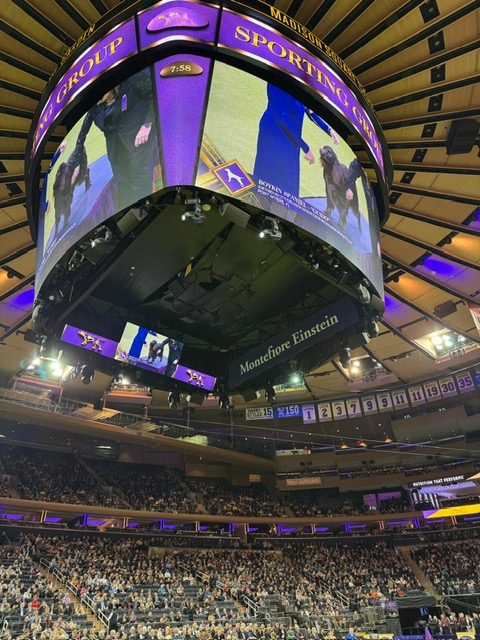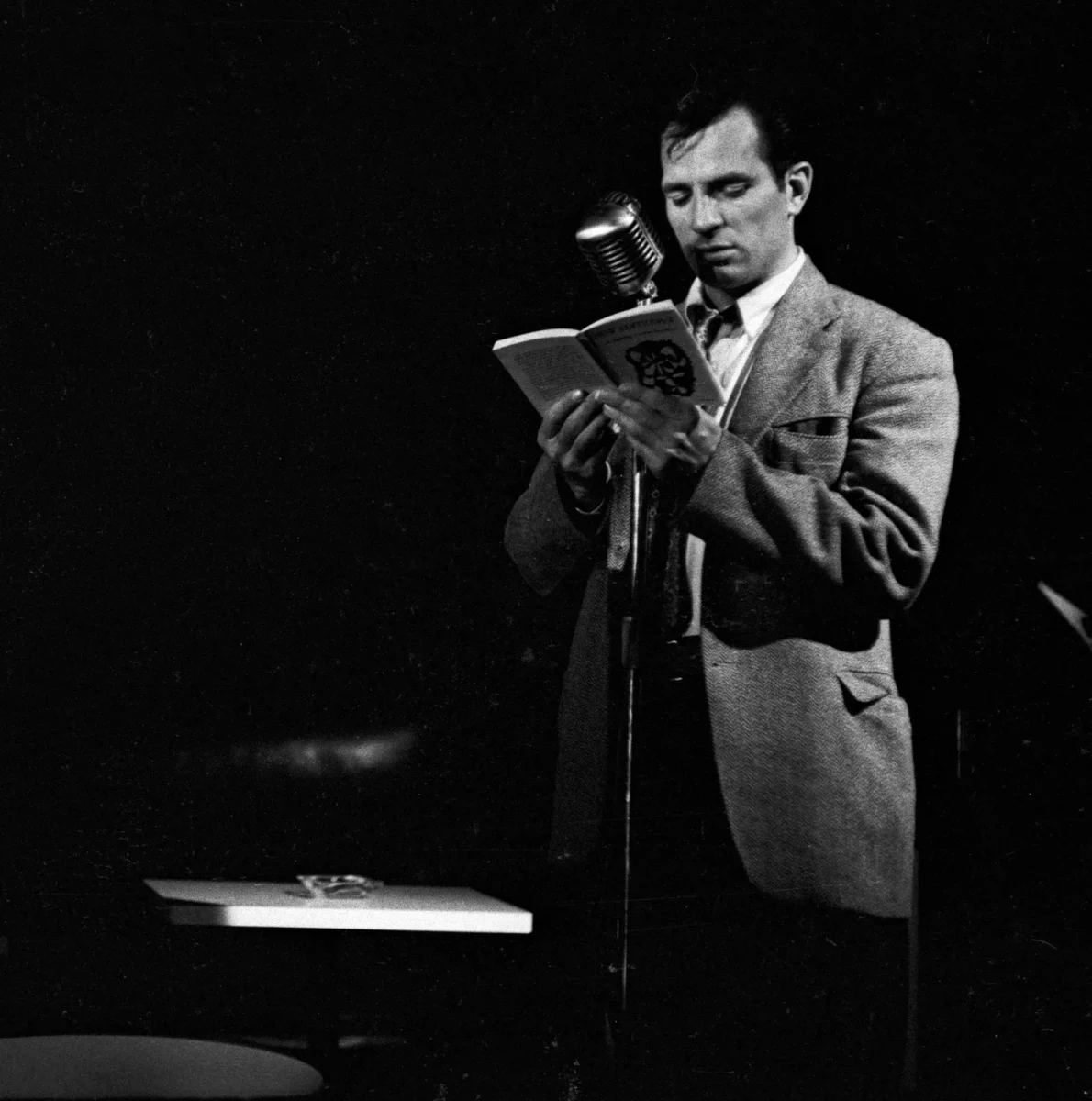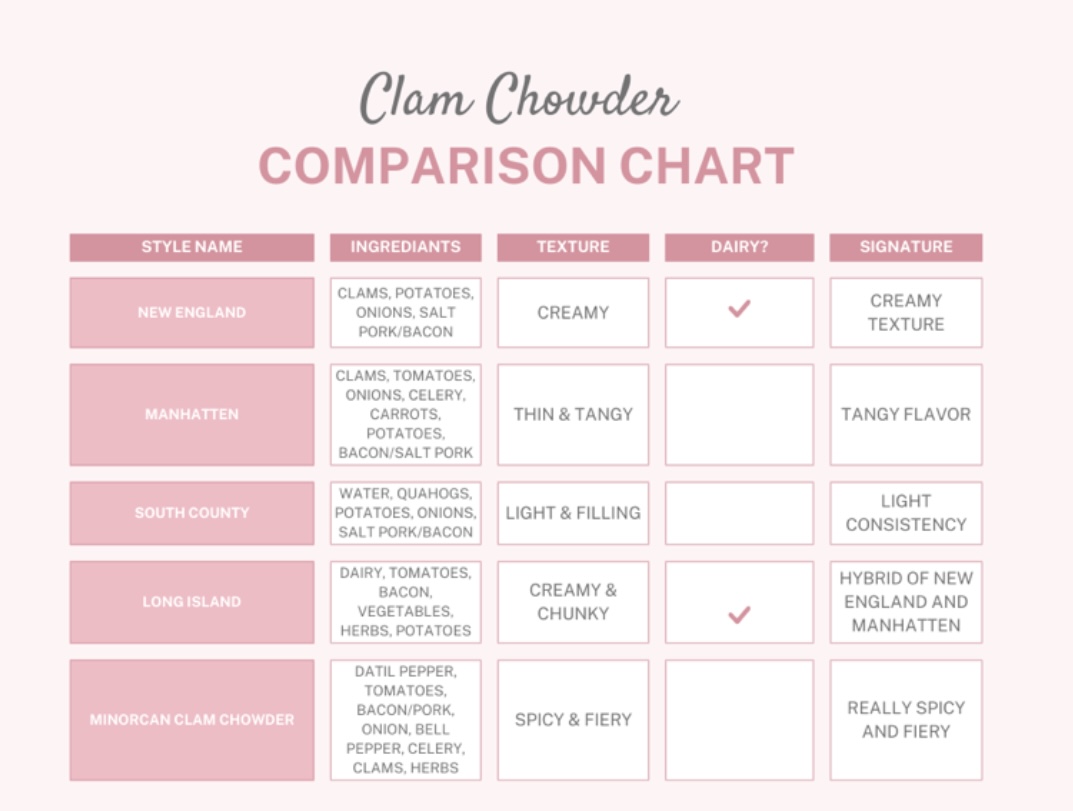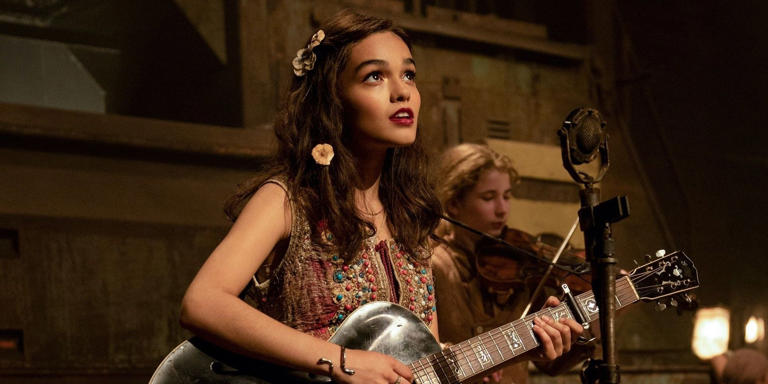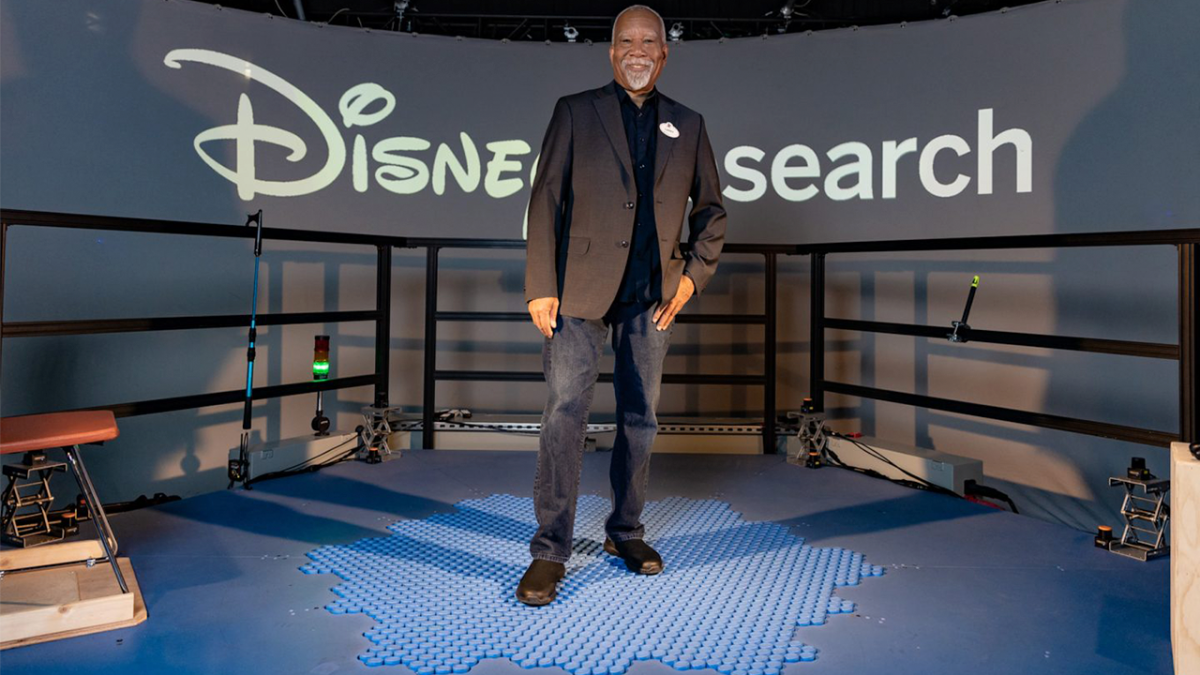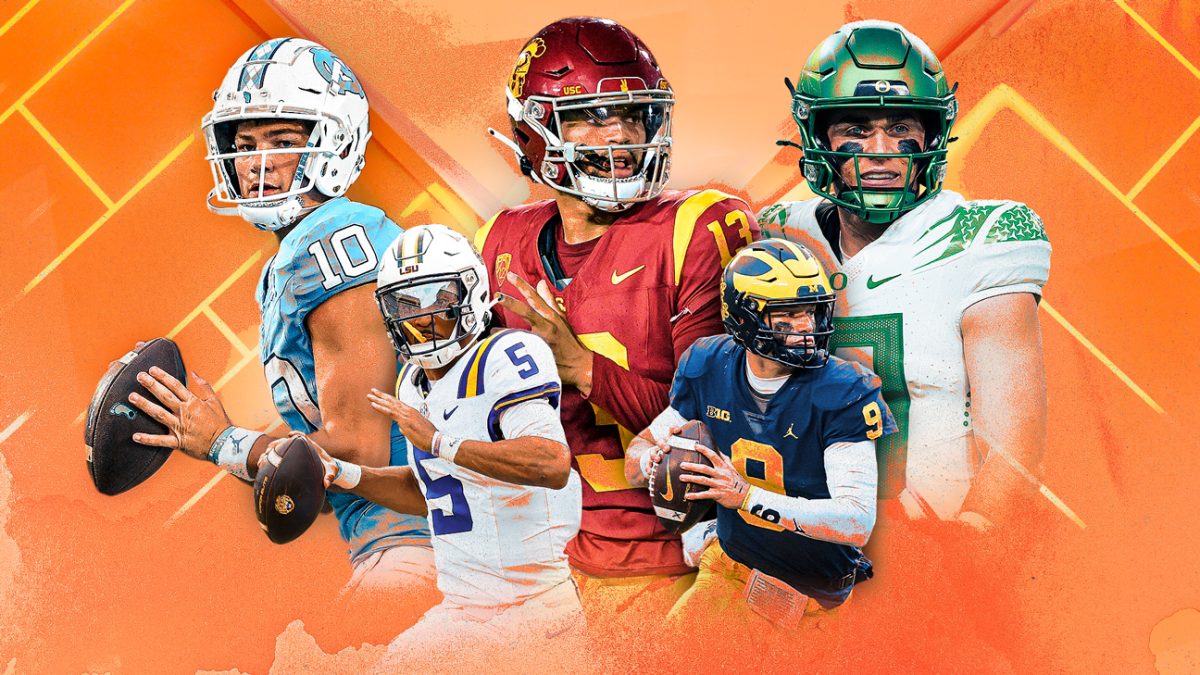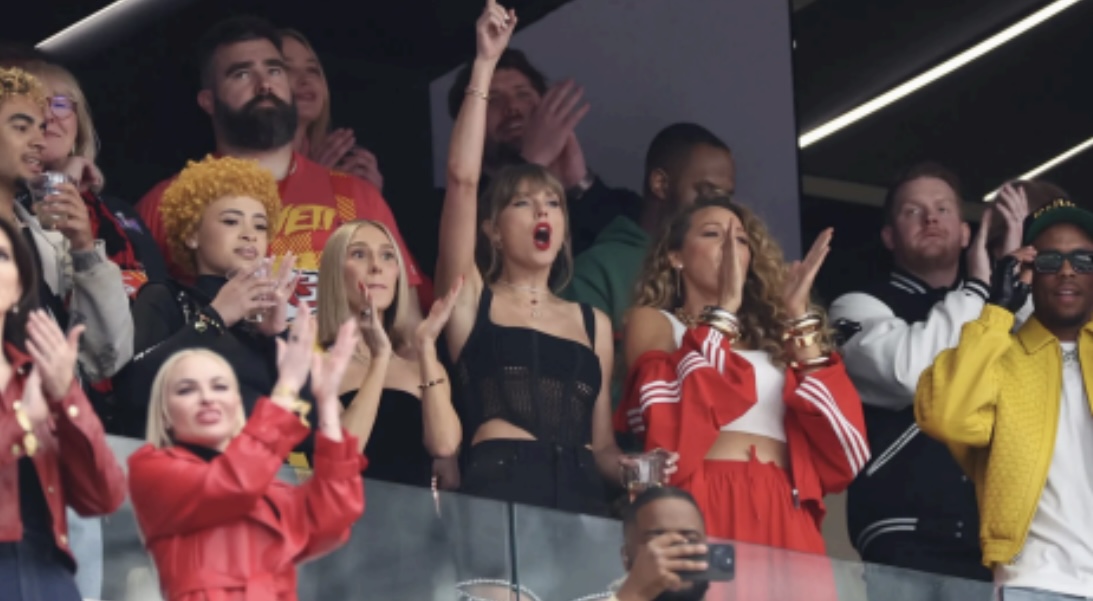For over 150 years, American football has been known as entertainment for men, but is this really the case? In recent years, female viewership of the National Football League (NFL) has skyrocketed to an astounding 46% according to Zeta Global, rivaling the number of men who watch the sport. Today’s avid NFL fan, male or female, loves the rivalries, stories, stats, and play-by-plays of their favorite teams and players; Yet the voices of the news anchors, sideline reporters and commentators telling those stories on-air are still predominantly male.
At last month’s Big Game, Super Bowl LVIII, hosted at the Allegiant Stadium in Las Vegas, the historic shift in the landscape of NFL viewership was on full display. Amidst the fierce competition between the Kansas City Chiefs and the San Francisco 49ers, American singer and songwriter Taylor Swift made frequent appearances on the big screen, more than any other non-player attendee. Known for her appeal to a predominantly female demographic, Swift’s presence during the event highlights the changing dynamics of American football, the rise of female fandom, and the glaring need for greater female representation in sports media.
Despite the growing number of female American football fans, women remain significantly underrepresented in American sports media. According to a 2021 report by APSE, a staggering 85.6% of sports reporters are male, a figure which highlights both the persistent lack of female sports broadcasters and the fact that those women who are on-air are still a minority in the industry. This gender imbalance calls attention to the absence of unique female perspectives and voices within sports media.
As the next generation of young female American football fans find themselves in a sea of fascinating career choices, will we see them welcomed alongside the male news anchors, sideline reporters, and commentators for American football games who have long-dominated the field? The answer lies in our collective commitment to representation, equal opportunity, and inclusivity in sports media. By embracing this surge in female viewership, a pastime that was once considered entertainment for men can realize its potential as a unifying force that transcends geographic, economic, political, racial, and gender differences by bringing people together in their love of America’s favorite sport, football.








